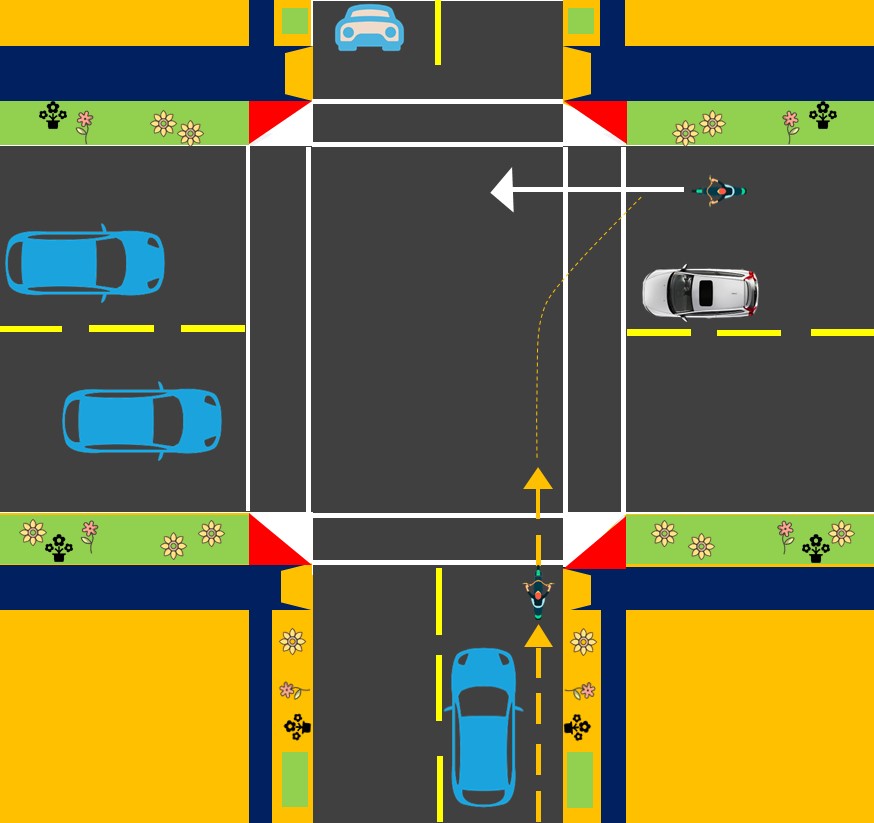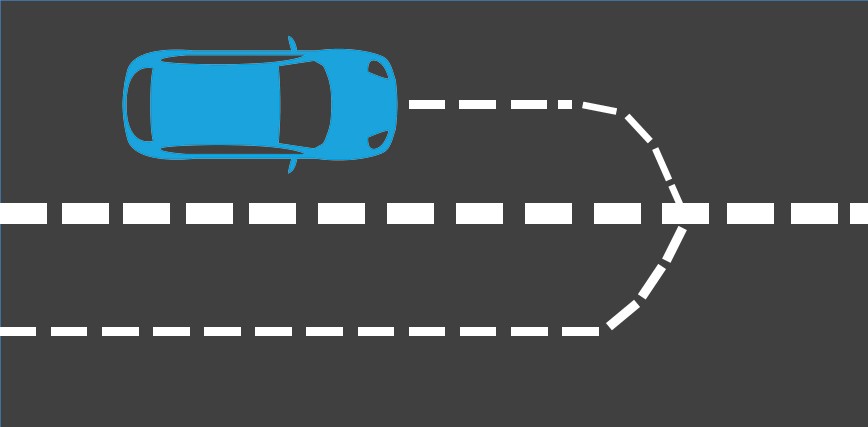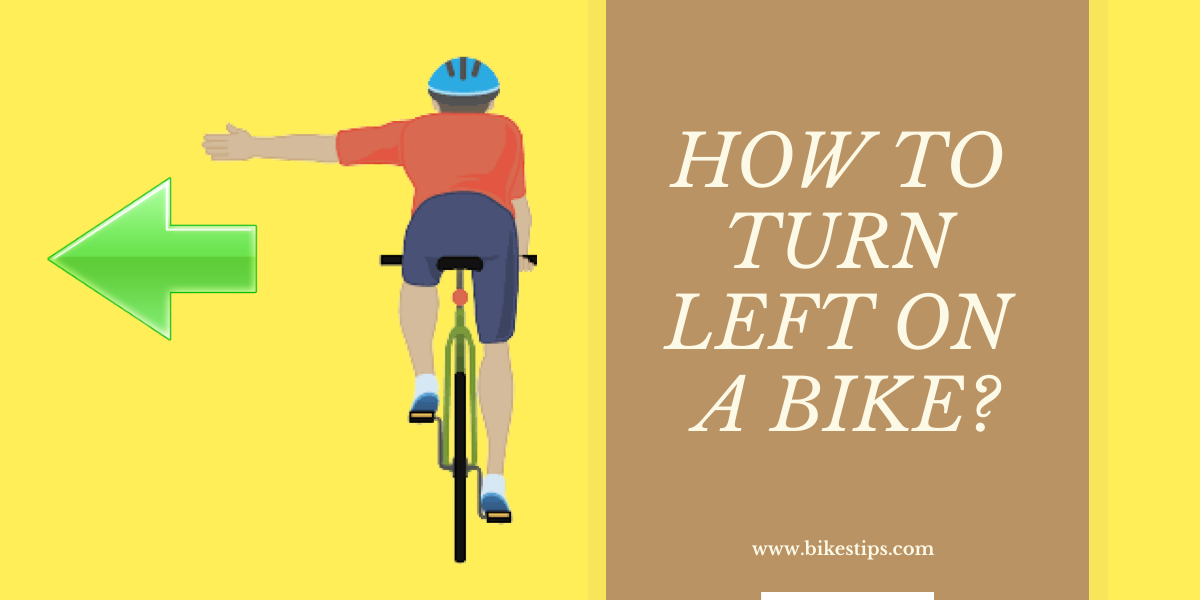You are wondering it’d be as straightforward as turning right? But did you realize that bicycles have at least three alternatives for making a proper left turn securely and efficiently? Here’s a short overview of 3 of your options for how to turn left on a bike and you’d choose one over another. They are as follows: Vehicular Left, Box-turn Left, and U-turn Left.
Vehicular Left
When a bicyclist is making a left turn, vehicular left is the first choice. You need to maintain a position in the lane that corresponds to your speed for making a proper left turn. Then –
- Look over your left shoulder for any oncoming vehicles before making a left turn. Make sure you can safely enter the left lane.
- To signal that you are ready to turn left, raise your left arm outward to the side. As an alternative, if your bike left turn signal, utilize it.
- Enter the leftmost lane or left lane when it is secure and there is sufficient space. Make sure you give yourself adequate room to avoid colliding with any cars.
- If there isn’t a designated left-turn lane then how to make a left turn at an intersection? You need to shift to the left side of the left-turn lane as you get closer to the intersection.
- Once it’s safe to bicycle turn, lean the bike into the turn, shift the handlebars to the left, and follow the road’s curve.

When changing lanes, always look over your shoulder; give a left-turn bike the same rules that apply to moving in vehicles, buses, etc. also apply in the case of how to make a left turn while riding a bike. You’ve probably done this a million times. Look over your shoulder for a safe moment to swerve, give a signal, cross to the left, and complete the bicycle turn!
Box-Turn Left
Bicyclists may perform a left turn using a box turn, also called a two-stage turn, when it could be difficult or dangerous to do so immediately from the left side of the road. So, how to turn on a bike using the box turn to the left, and here are the following steps:
- Approaching the intersection where you wish to turn left on your bike, stay on the right side of the road, or ride in a specified bike lane.
- To signal that you want to turn left, extend your left arm straight out to the side. As an alternative, if your bike has a left turn signal, utilize it.
- Proceed straight through the intersection, keeping on the right side of the road, rather than veering to the left to make a direct left turn.
- Find a safe space on the right side of the road beyond the crossing, or set up a spot at the other end of the intersection for bicyclists to wait.
- Go through the intersection and cross to the farther side when it’s safer to do so.

Using clever stop boxes to prevent bikes from coming into too close contact with 3,000-pound vehicles, this is how many left turns function in places with excellent bicycle infrastructure. In other words, you’re entering the halted traffic, waiting for the light to change, and then crossing the intersection directly to “complete” your left.
But what if there’s a left turn lane or a shared center turn lane and you don’t want to take the chance of being stuck amid thousands of pounds of moving metal? For you, let’s examine the U-turn choice to understand how to make a left turn on a bike.
U-Turn Left
It may be a little unusual and often illegal or impractical to do a U-turn while riding a bicycle, particularly on congested roads or at crossings. Nevertheless, here’s a basic tutorial on how to do a safe U-turn to the left on a bicycle if you find yourself in a scenario where it’s necessary:

- Take a glance behind you to see if there is any traffic approaching from the left. Make sure the U-turn is safe to do, then indicate that you want to make a left turn or U-turn by extending your left arm straight out to the side.
- As you leave enough room to execute the U-turn safely, go to the far left side of the lane or road.
- As you get closer to the location where you want to do the U-turn, slow down.
- Turn the handlebars to the left and execute a U-turn when you arrive at the appropriate spot when it is safe to do so. Keep an eye out for any oncoming vehicles, pedestrians, or obstructions.
- As you finish the U-turn, straighten your bike. As you approach the bike lane or the proper side of the road, be careful.
Conclusion
Make sure you comply with your local laws before doing this, but if I ever have to pick between following the law blindly and ensuring my safety, I will always choose safety (and I will not stop until the laws are made with motorcycles in mind).
From getting knowledge about bikes and bike-related accessories, you can contact us without taking any hassle. We are always open for you to make your buying decision more perfect. Thank You!
